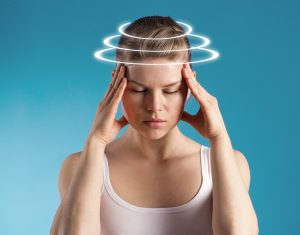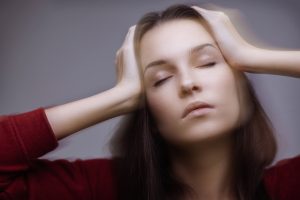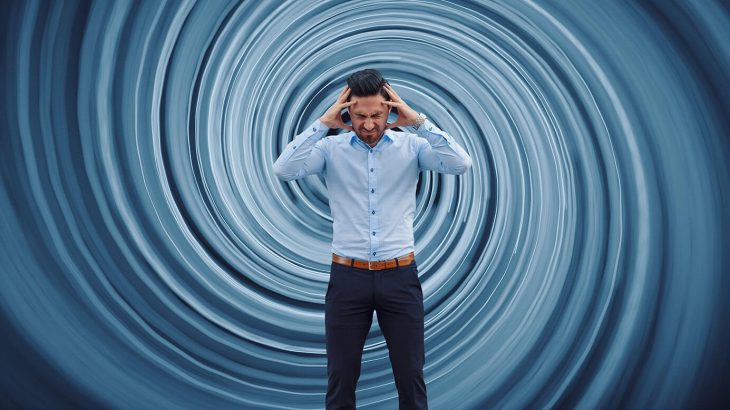Children often have a psychogenic cause of dizziness. At a young age, the factor of instability of the cervical vertebrae plays a role, which leads to vasospasm. In middle age, “benign positional paroxysmal vertigo” can be added to these causes. In the elderly, vascular disorders predominate against the backgroun

d of cervical osteochondrosis.
One of the reasons for visiting an osteopath is dizziness. There are many options and, therefore, the causes of this ailment. In childhood and young age, patients with dizziness are often diagnosed with “Vegetovascular dystonia”. This is such a diagnosis, which can be attributed to many symptoms up to menopausal age. However, in this age group, there are two main causes of problems associated with the manifestation of these symptoms.
Osteopathy for dizziness
The psychogenic cause is more common in childhood, while at a young age the cause of this syndrome lies in the instability of the cervical vertebrae, which leads to reflex spasm of the blood vessels supplying the brain stem, where the main vital centers are located.
In middle age, “Benign positional paroxysmal vertigo” is added to the listed causes. This type of problem, which causes so much discomfort, has clear characteristics: it starts at night when turning in bed, quite intense, lasting up to 60 seconds, attacks are provoked by turning the head.

Suffering from headache – concept. Motion effect
Despite the clear clinical signs of such patients, they begin to treat with vascular, metabolic agents and betaserk, attributing everything to osteochondrosis and vascular disorders, without visible improvement.
The basis of this type of dizziness is the thickening of the endolymphatic fluid in the semicircular tubules of the vestibular organ located in the inner ear. Thickening of the endolymphatic fluid leads to the formation of clots – otoliths, which, when the head is turned, irritate the vestibular receptors and cause dizziness. Thus, it becomes clear why the ongoing treatment does not give a positive result.
This type of manifestation of the disease is treated exclusively with special exercises that help reduce the impact of otoliths on receptors. Very often, this type of dizziness is confused with Minier’s syndrome, in which there is hearing loss in one ear. This disease is currently associated with an infectious lesion of the auditory and vestibular nerves. Treatment of this type of such symptoms must necessarily include anti-inflammatory and anti-edematous therapy.
In old age, vascular disorders come to the fore against the background of progressive cervical osteochondrosis https://en.wikipedia.org/wiki/Osteochondrosis.
In all these cases, osteopathic treatment is an integral part of the therapeutic process.
